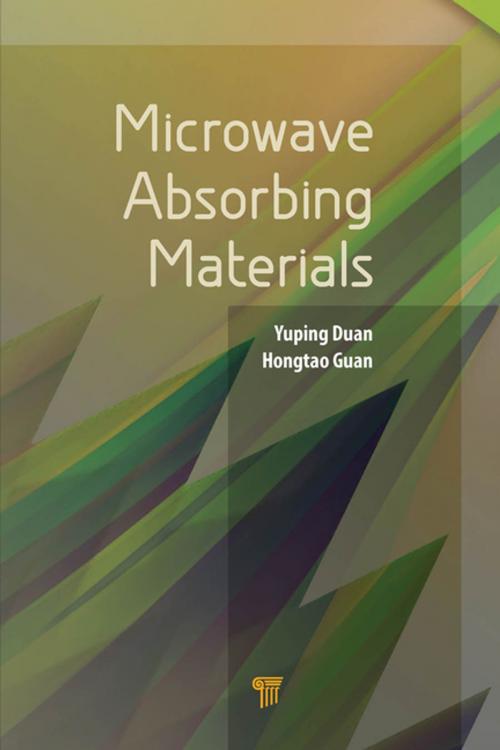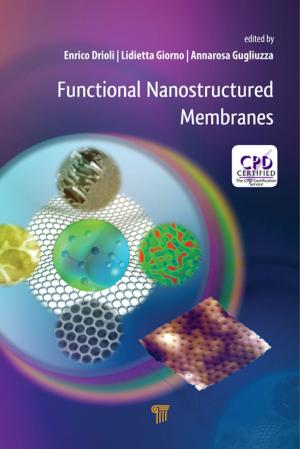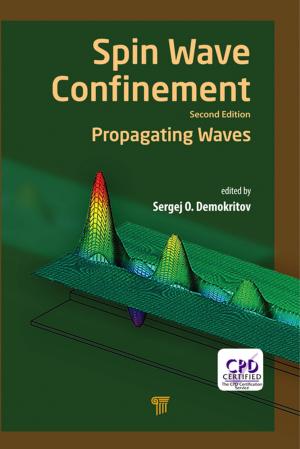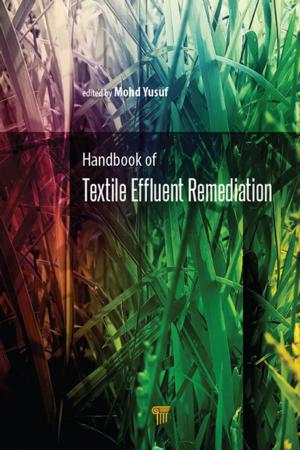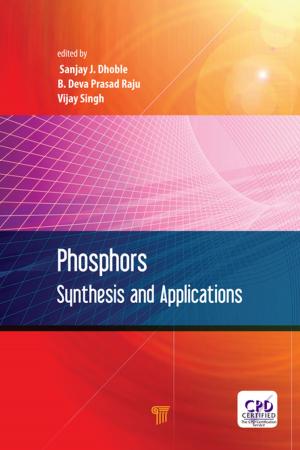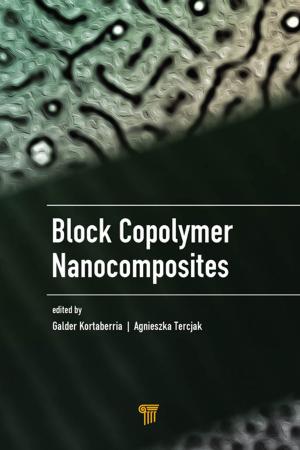Microwave Absorbing Materials
Nonfiction, Science & Nature, Science, Physics, Solid State Physics, Chemistry, Physical & Theoretical, Technology, Environmental| Author: | Yuping Duan, Hongtao Guan | ISBN: | 9781315341033 |
| Publisher: | Jenny Stanford Publishing | Publication: | October 14, 2016 |
| Imprint: | Jenny Stanford Publishing | Language: | English |
| Author: | Yuping Duan, Hongtao Guan |
| ISBN: | 9781315341033 |
| Publisher: | Jenny Stanford Publishing |
| Publication: | October 14, 2016 |
| Imprint: | Jenny Stanford Publishing |
| Language: | English |
With the phenomenal development of electromagnetic wave communication devices and stealth technology, electromagnetic wave absorbing materials have been attracting attention as antielectromagnetic interference slabs, stealth materials, self-concealing technology, and microwave darkrooms.
This book starts with the fundamental theory of electromagnetic wave absorption in loss medium space, followed by a discussion of different microwave absorbents, such as manganese dioxide, iron-based composite powder, conductive polyaniline, barium titanate powder, and manganese nitride. Then, structural absorbing materials are explored, including multilayer materials, new discrete absorbers, microwave absorption coatings, cement-based materials, and structural pyramid materials. Many of the graphics demonstrate not only the principles of physics and experimental results but also the methodology of computing.
The book will be useful for graduate students of materials science and engineering, physics, chemistry, and electrical and electronic engineering; researchers in the fields of electromagnetic functional materials and nanoscience; and engineers in the fields of electromagnetic compatibility and stealth design.
With the phenomenal development of electromagnetic wave communication devices and stealth technology, electromagnetic wave absorbing materials have been attracting attention as antielectromagnetic interference slabs, stealth materials, self-concealing technology, and microwave darkrooms.
This book starts with the fundamental theory of electromagnetic wave absorption in loss medium space, followed by a discussion of different microwave absorbents, such as manganese dioxide, iron-based composite powder, conductive polyaniline, barium titanate powder, and manganese nitride. Then, structural absorbing materials are explored, including multilayer materials, new discrete absorbers, microwave absorption coatings, cement-based materials, and structural pyramid materials. Many of the graphics demonstrate not only the principles of physics and experimental results but also the methodology of computing.
The book will be useful for graduate students of materials science and engineering, physics, chemistry, and electrical and electronic engineering; researchers in the fields of electromagnetic functional materials and nanoscience; and engineers in the fields of electromagnetic compatibility and stealth design.
